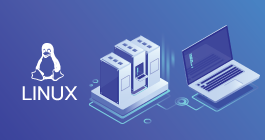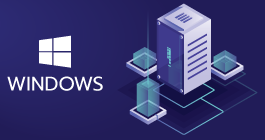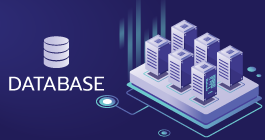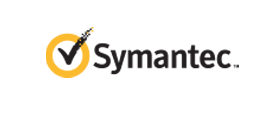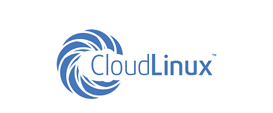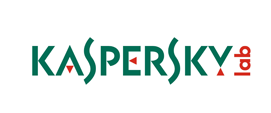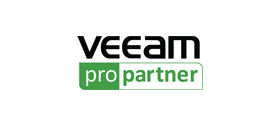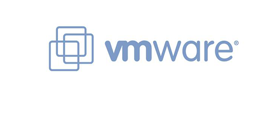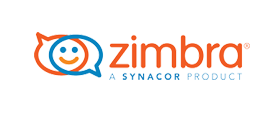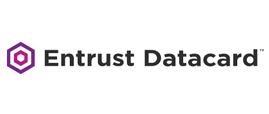-
Welcome to My Website
This is a text box. Write your own content here. This is an excellent place for you to add a paragraph.
Netway Support Center
เราพร้อมบริการคุณ ตลอด 24 ชั่วโมง
Payment & Invoices
Products Knowledge










Zendesk




Other Cloud Products
Technical Knowledge
Website/Install Application & FTP
Linux Technical Knowledge
Windows Technical Knowledge
Database
Blog list (8)
Using cPanel branding in WHM
Using cPanel branding in WHM This demo assumes you've already logged in to WebHost Manager. Now let's learn about cPanel branding and how to display a custom logo in cPanel. Click the cPanel link. Then click Customization. This is where you can insert your company name along with a Help URL and Documentation URL. You can also brand cPanel with your own logo. Click Browse button to locate and upload the logo and then click Save... that's all there is to it! Click Customize Style tab. To view help documentation on customizing the style of your Cpanel, click this link. To upload your own cPanel style, click the Upload a Style button. From here, you can manage and set your default cPanel style. This is the end of the tutorial. You now know how to use cPanel branding to replace the standard cPanel logo with your own.
How to create a new hosting account in WHM
How to create a new hosting account in WHMClick the Account Functions link.The click Create a New Account.This is the heart of WHM. It is the screen where you can create new hosting accounts in real time.There are several options for which you get to set limits. The limits you set here will define how many resources the account has access to.Let's go ahead and create a new hosting account.Enter the domain name that will be used for this new account.Click in the Username field to automatically create a username based off the domain name.Now give the account a password...Or use the Password Generator to create one.Make sure you select the I have copied... option and then click Use Password button.Now enter a working account holder's email so if you ever need to send announcements via WHM to customers, the user will get it.Choose a pre-defined account package to automatically fill in many of the options for your new account. This will speed up the process of creating a new account.You can set up as many packages you want. We cover how to create account packages in another video.Let's go ahead and choose the demoreseller_Silver package.Then click the Create button.That's it! The hosting account has been created on the server, along with a new cPanel control panel has set for it.You should now send this informatioin to the person who will be using the account. They will need to know the username, password and IP address, as well as the nameservers.They can now login to cPanel for this new account using the username and password we assigned, but will have to use the IP address method rather than the domain name method since the domain name will not work until its nameservers have been changed and propagated.Let's go take a look at the accounts in WHM. Click the Accounts link.There it is, the new account we just created.This is the end of this tutorial. If you ever want to make changes to accounts you create, you can do so by returning to WHM and using the Modify an Account feature.This demo assumes you've already logged in to WebHost Manager.Now let's learn how to create a new hosting account.
What is the difference between WebHost Manager and cpanel
What is the difference between WebHost Manager and cpanelThis demo assumes you've already logged in to WebHost Manager.Now let's learn what the difference is between WHM and cPanel.WHM is a reseller's, or hosting provider's control panel. It is what resellers or hosting providers use to create and manage end-user hosting accounts.cPanel on the other hand, is the end user's control panel. It is what the hosting provider's customers use to manage their individual hosting accounts.We are currently logged in to WHM, so let's go take a look at our list of hosting accounts.Click the account information link.Then click the List Accounts link.Here is a list of accounts in this WHM. Once again, each of these accounts have their own individual cPanel, and we can login to their cPanel by clicking the corresponding link.Let's login to the cPanel for demoreseller.com That's it! As you can see here, we're now in the cPanel control panel for the demoreseller.com hosting account.WHM admins have the ability to login to their customer's cPanel control panels without their username or password. This can be useful in helping customers learn how to use their cPanel.Ok, now let's close this window and return to WHMWelcome back to WHM (WebHost Manager).This is the end of the tutorial. You now know the difference between cPanel (end user's control panel) and WHM (hosting provider's control panel).
Disabale or enable Demo mode in WHM
Disabale or enable Demo mode in WHMThis demo assumes you've already logged in to WebHost Manager.You have ability to turn any account in your WHM into a demo account. A demo account is commonly used as a sales tool, as it allows potential customers to login to cPanel and browse around, but restricts the user's ability to alter files or folders.Click the account functions link.Then click Manage Demo ModeSelect myotherdomain.com as the account to convert into a demo account.Then click Modify.We can see here that demo mode is currently disabled for this account.Click the Enable button.That's it! Demo mode has been enabled, meaning that when a user logs in to this account's cPanel, certain functions will be disabled.Click Manage Demo Mode again.Select myotherdomain.com again.Click Modify.Then click Disable.Demo mode has been turned off and the account is once again fully functional.This is the end of the tutorial. You now know how to setup a demo account, so you can allow your customers access to a seemingly fully functional cPanel but that won't allow them to alter any files.
How to edit or delete packages in WHM
How to edit or delete packages in WHMThis demo assumes you've already logged in to WebHost Manager.Now let's learn how to edit a pre-existing hosting package.Click the Packages link.Then click Edit a Package.Note that there are only 2 packages created in this WHM reseller plan. If there were others (and you can create as many packages as you wish), they would all be listed here.Select demoreseller_Silver as the package you wish to edit.Then click Edit.This is the screen we use to edit the package. Let's change a few things.We have changed number of Max Databases.When finished, click the Save Changes button.That's it! The package has been modified as per your new specifications.Now we'll show you quickly how to delete packages you've created ( or edited ).Click the Packages link.Then click Delete a Package.To delete a package from your reseller plan, select it from this list and click the Delete button.Note that deleting packages does not delete the actual hosting accounts that were created using the package. It only removes the package as an option when creating new accounts.This is the end of the tutorial. Remember that you can create as many packages you wish, delete them or edit them at any time. Doing so does not affect any existing hosting accounts.
-
Domain
-
Hosting
-
Cloud & Managed
-
SSL
-
Email
- เรียนรู้เพิ่มเติม
- Microsoft 365 รุ่นต่างๆ
- Microsoft 365 สำหรับธุรกิจ
- Microsoft 365 สำหรับใช้งานที่บ้าน
- ทดลองฟรี
- G Suite
- เทคนิคลดต้นทุนอีเมล Microsoft 365 มากกว่า 28%
- เทคนิคลดต้นทุนอีเมล G Suite มากกว่า 19%
- Zimbra-Based Email
- Traditional Email by cPanel
- Physical to Cloud Migration
- Exchange Server to Microsoft 365 Migration
- G Suite to Microsoft 365 Migration
- Microsoft 365 to G Suite Migration
- Cloud to Cloud Migration
-
Microsoft
-
Google
-
Marketing
-
Others
-
Blog
-
Microsoft Teams
-
microsoft-365-business-premium
-
test-slide
-
Order
-
Promo
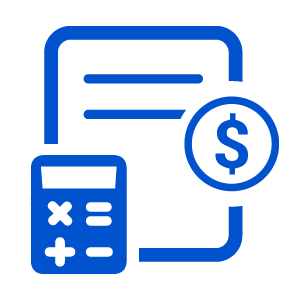






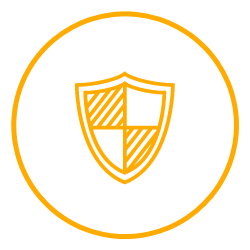
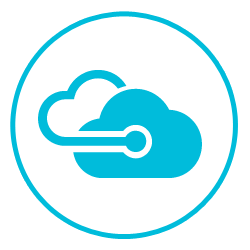


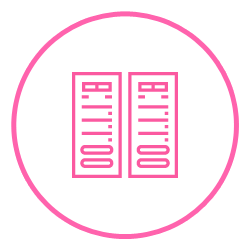
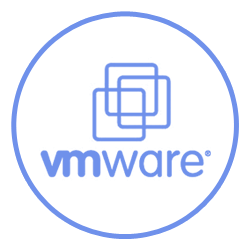
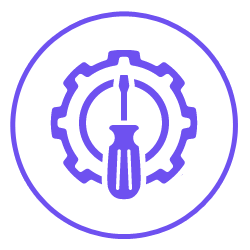






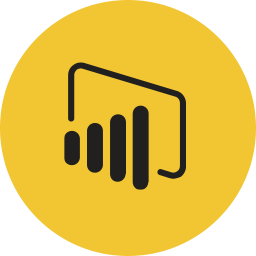

.png)



.png)

